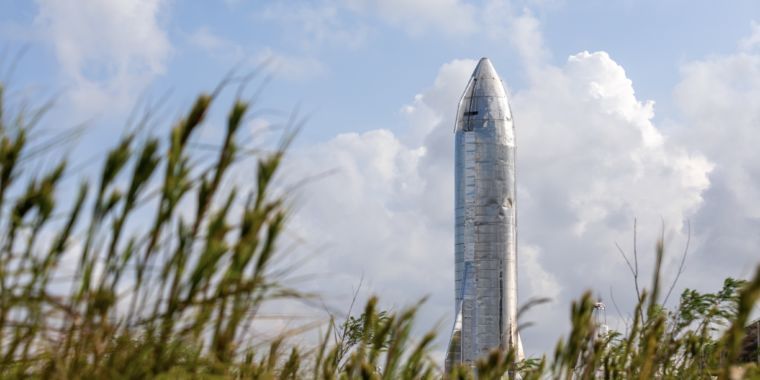Virgin Galactic’s newest SpaceShipTwo space plane just flew freely above its New Mexico home base for the first time.
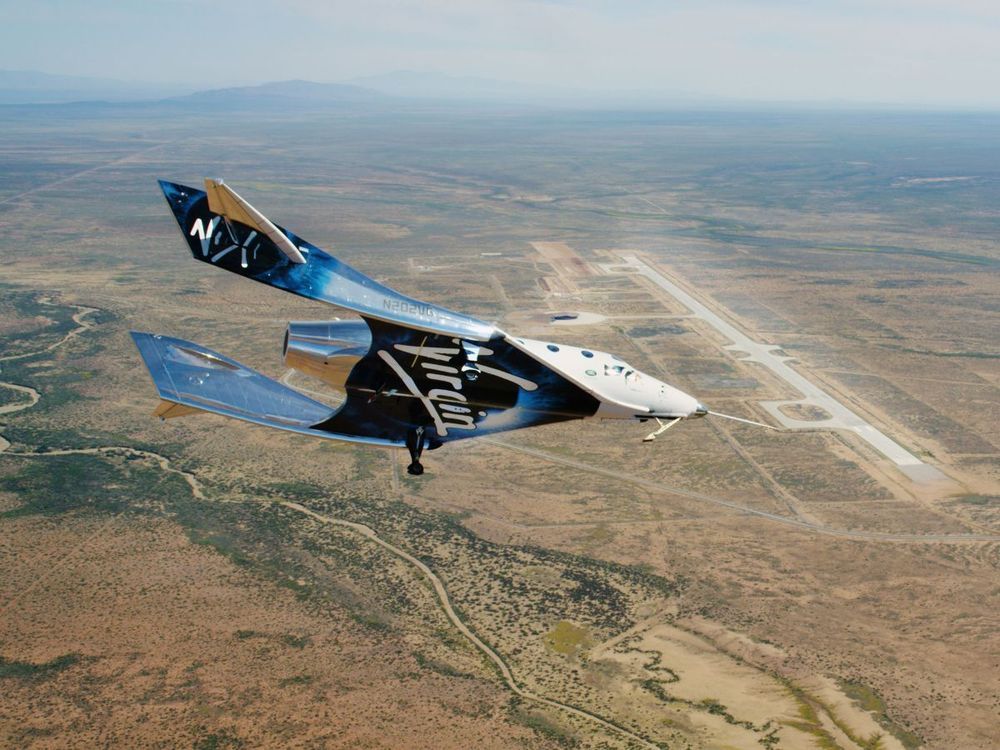

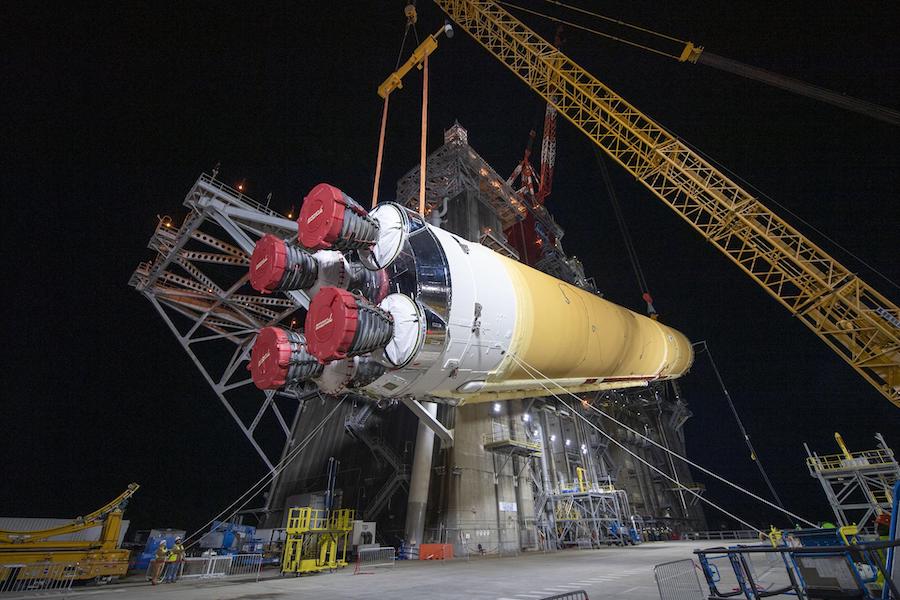
With the Space Launch System’s inaugural test flight now officially delayed to November 2021, NASA says work halted by the coronavirus pandemic will resume within weeks to prepare for the first test-firing of the SLS core stage at the Stennis Space Center in Mississippi.
The last official schedule from NASA had the first SLS test launch in March 2021, but managers have said for months that schedule was no longer achievable. After a thorough review, NASA says the first SLS launch — named Artemis 1 — is now planned in November of next year.
The most powerful launch vehicle since the Apollo-era Saturn 5 moon rocket, the Space Launch System will carry an unpiloted Orion crew capsule into space. The Orion spaceship will orbit the moon to demonstrate the capsule’s capabilities and performance before NASA commits to flying astronauts around the moon on the second SLS/Orion flight in late 2022 or early 2023.

Question: When you’ve designed the world’s most efficient metamaterial, one that could change the way cars, planes and even space exploration vehicles are built, is mostly air yet reaches the theoretical bounds for stiffness and strength and can equally resist forces coming from any direction, what do you do next?
Answer: You break it.
At least, that’s what a team of material scientists including Jonathan Berger of UC Santa Barbara and Jens Bauer of UC Irvine did. Their goal? To learn what boundaries could be pushed with a novel metamaterial called plate-nanolattice. The research findings are published in a paper in the journal Nature Communications (“Plate-nanolattices at the theoretical limit of stiffness and strength”).
NASA aims to get humans back to the moon by 2024 as part of its Artemis mission.
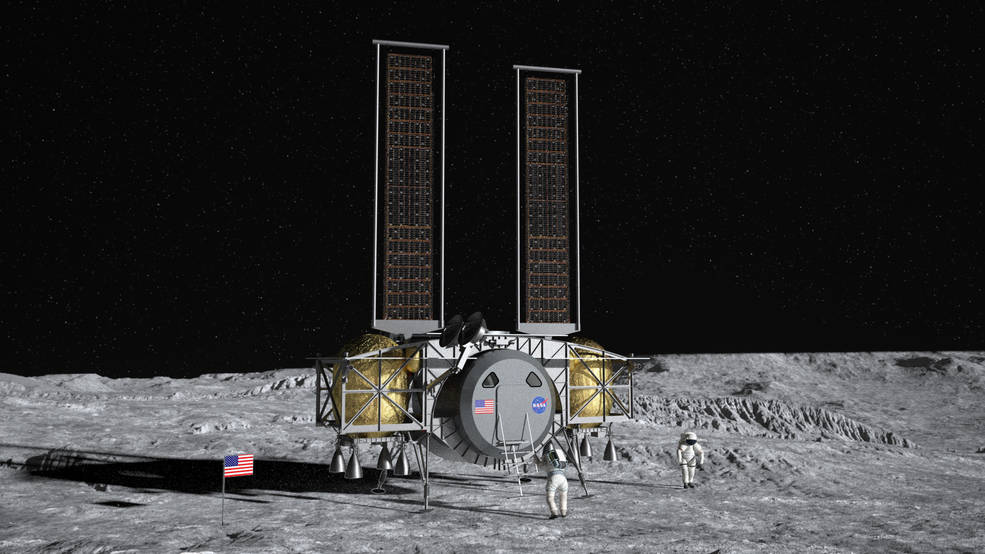
One of the three companies NASA announced today will land the next NASA astronauts on the Moon. NASA awarded three firm-fixed-price, milestone-based contracts for the human landing system awards under the Next Space Technologies for Exploration Partnerships (NextSTEP-2. The total combined value for all awarded contracts is $967 million for the 10-month base period.
NASA downselected from the five companies in the running to only three.
NASA released the Human Landing System (HLS) solicitation on October 25, 2019. Five companies submitted proposals by the required due date of November 5, 2019. Listed below in alphabetical order:
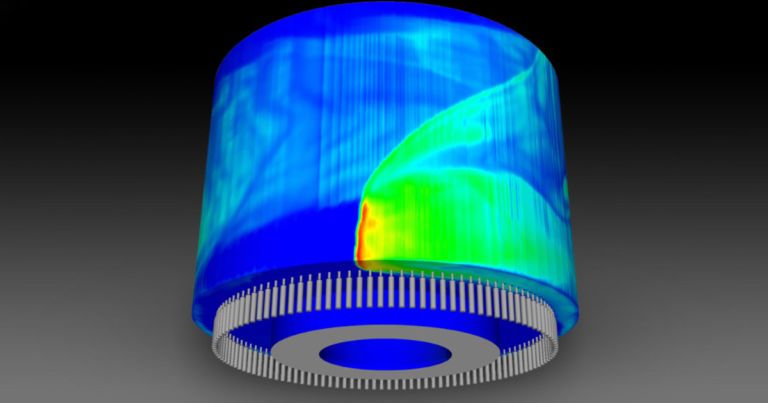
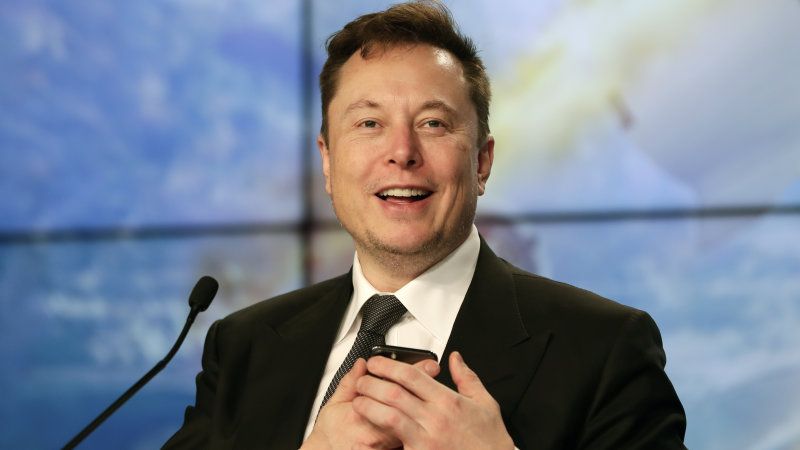
A full payout for Musk, who is also the majority owner and CEO of the SpaceX rocket maker, would surpass anything previously granted to US executives.
When Tesla unveiled Musk’s package in 2018, it said he could theoretically reap as much as $US55.8 billion if no new shares were issued. However, Tesla has since issued shares to compensate employees, and last year it sold $US2.7 billion in shares and convertible bonds.
The potential payout for Musk comes after Tesla said this month it would furlough all non-essential workers and implement salary cuts during a shutdown of its US production facilities because of the coronavirus outbreak. The pandemic has slashed US demand for cars and forced several other automakers to also furlough US workers.
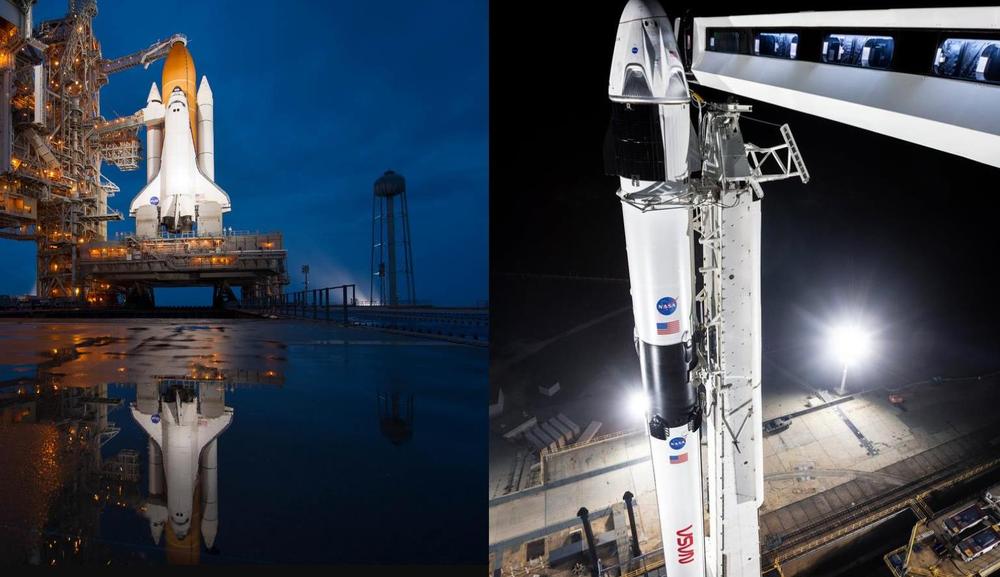
The gap in US domestic crew launch capability is coming to an end as soon as next month, concluding a convoluted and painful path that ultimately began when Columbia was lost during STS-107. The last time American astronauts launched from US soil was in 2011 with Shuttle Atlantis during STS-135. SpaceX’s Falcon 9 is set to launch with Doug Hurley and Bob Behnken onboard the Crew Dragon as early as May 27.
For decades, the US relied on the Space Shuttle as its crew launch vehicle. While the Shuttle era was filled with accomplishments, its cost and complexity curtailed its envisioned role in taking the US space program forward and was ultimately shackled by safety issues that resulted in the loss of two orbiters and their crews.
The findings from The Columbia Accident Investigation Board (CAIB) ultimately set NASA on a path to transition to a new crew vehicle, to be designed and built while the Space Shuttle Program concluded a final swansong of missions focused on the assembly of the International Space Station (ISS).
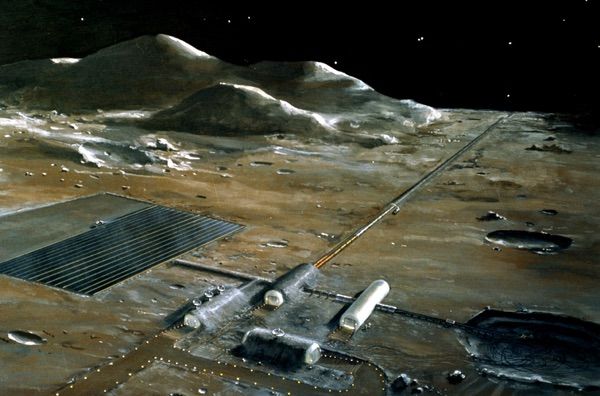
On March 6, the Moon Village Association unveiled a set of 15 draft Moon Village Association (MVA) Principles intended to help facilitate the peaceful settlement of the Moon by establishing best practices for the long-term sustainability of lunar and cislunar activity. The MVA Principles are now published on the MVA website and are open for public comment. The announcement by the president of the MVA, Dr. Giuseppe Reibaldi, took place during a day-long symposium on Returning to the Moon: Legal Challenges as Humanity Begins to Settle the Solar System hosted by the Global Space Law Center at Cleveland State University’s Cleveland-Marshall College of Law (see “Hard law or soft law? The debate about the future of space law”, The Space Review, April 13, 2020).
As discussed further below, all stakeholders, including members of the general public, are invited to submit their comments on the principles through the MVA website. The purpose of this article is to answer some basic questions about the nature of the MVA Principles and to provide a concise summary of the principles to acquaint readers with their scope.
What is the Moon Village Association? The concept of the “Moon Village” is a vision of peaceful global cooperation in lunar exploration and utilization. The concept contemplates a collection of international efforts that involve both governmental and non-governmental (i.e. private) entities conducting activities in a spirit of cooperation and mutual assistance. Everyone is free to contribute to humanity’s future on the Moon in accordance with their individual capabilities. The Moon Village Association (www.moonvillageassociation.org) was incorporated in Vienna in 2017 with the goal of implementing the Moon Village concept by serving as a hub of communication for stakeholders in the new international push to establish a permanent human presence on the Moon. At the core of the MVA is an extensive network of professionals and institutions from more than 40 countries.
